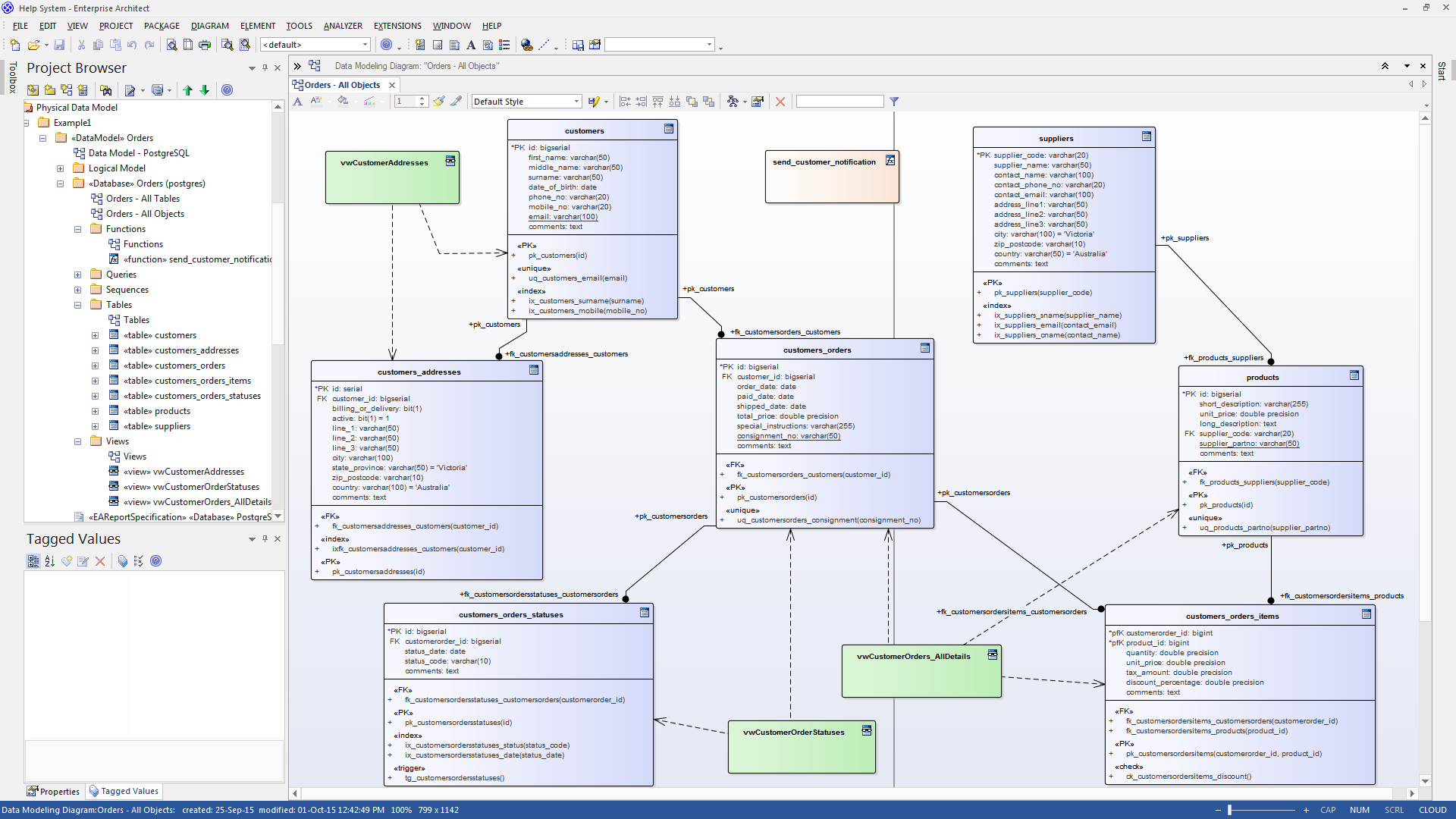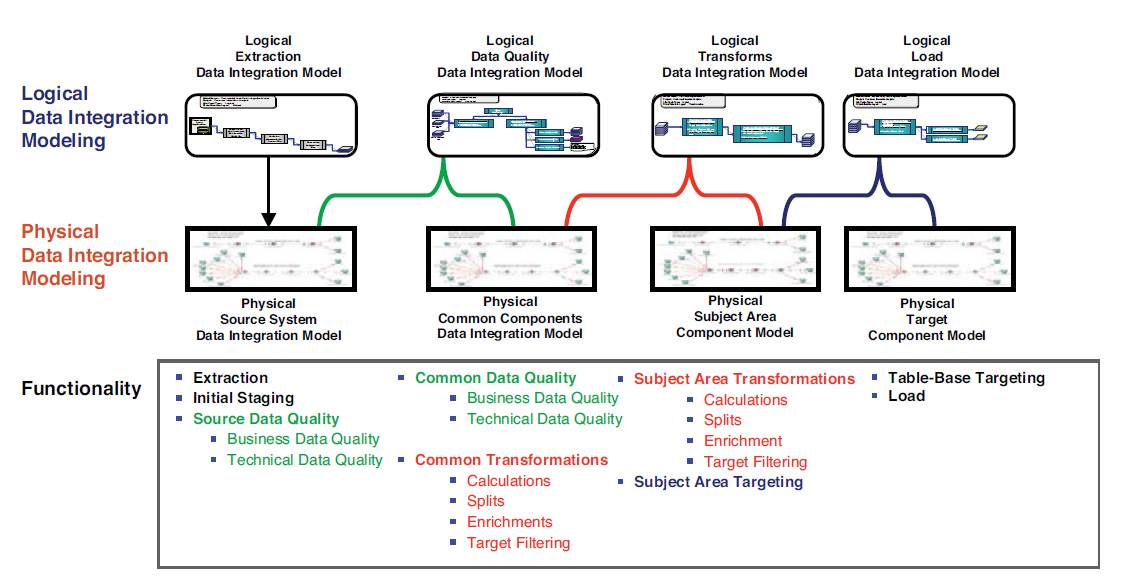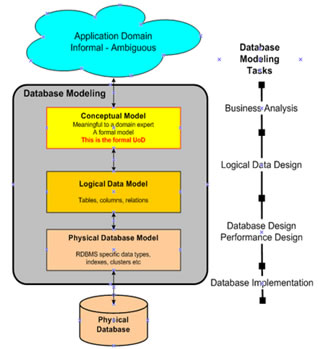

An entity, at a very basic level, is something that exists and is capable of being described. The first building block of the data model is the entity. Let’s examine the many different components of a data model and the terminology used for data modeling. As work on the data model progresses, additional detail and complexity is added. The simplest data model will consist of entities and relationships.
#Database workbench logical data modeling how to
Of what use is a good tool if you do not know how to deploy it?Ī data model is built using many different components acting as abstractions of real world things. But do not confuse the tool as being more important than the process. There are many popular data modeling tools on the market from a variety of vendors. An E/R diagram graphically depicts the entities and relationships of a data model. The way in which relationships are traversed is unimportant to conceptual and logical data modeling.ĭata models are typically rendered in a graphical format using an entity-relationship diagram, or E/R diagram for short. Don’t think navigation think relationship – the way that things are related to one another is important because relationships map the data model blueprint.The things that processes are being done to are what is important to data modeling. Don’t think process think structure – how something is done, although important for application development, is not important for data modeling.Instead, concern yourself with business issues and terms. Don’t think physical think conceptual – do not concern yourself with physical storage issues and the constraints of any DBMS you may know.To transition to this alternate way of thinking, follow these three “rules”: It is important to think “what” is of interest instead of “how” tasks are accomplished. Discovery of such patterns can change the way your business operates and can potentially lead to a competitive advantage and increased revenue for your organization.ĭata modeling requires a different mindset than requirements gathering for application development and process-oriented tasks. A data model can clarify data patterns and potential uses for data that would remain hidden without the data blueprint provided by the data model.

Building databases from a data model will result in a better database implementation because you will have a better understanding of the data to be stored in your databases.Īnother benefit of data modeling is the ability to discover new uses for data. These qualities are achieved because the data model clearly outlines the data resource requirements and relationships in a clear, concise manner. The value derived from the data model exhibits itself in the form of minimized redundancy, maximized data integrity, increased stability, better data sharing, increased consistency, more timely access to data, and better usability. When databases are built from a well-designed data model the resulting structures provide increased value to the organization.

But the primary value of a data model is its ability to be used as a blueprint to build a physical database. Of course, a data model delivers value by enhancing communication and understanding, and it can be argued that these are quite valuable. A data model, in and of itself, is of limited value. The first objective of conceptual data modeling is to understand the requirements. And any type of data model begins with the discipline of data modeling. And the logical data model grows out of a conceptual data model. A logical data model is requiredbefore you can even begin to design a physical database. Technicians sometimes leap to the physical implementation before producing the model of that implementation. So, database design is the process of transforming a logical data model into an actual physical database. A normalized data model reduces data redundancy and inconsistencies by ensuring that the data elements are designed appropriately. Data normalization is a big part of data modeling and database design. This modeling effort requires a formal approach to the discovery and identification of entities and data elements. What is required is a practiced and formal approach to gathering data requirements and modeling data. A proper database design cannot be thrown together quickly by novices.


 0 kommentar(er)
0 kommentar(er)
